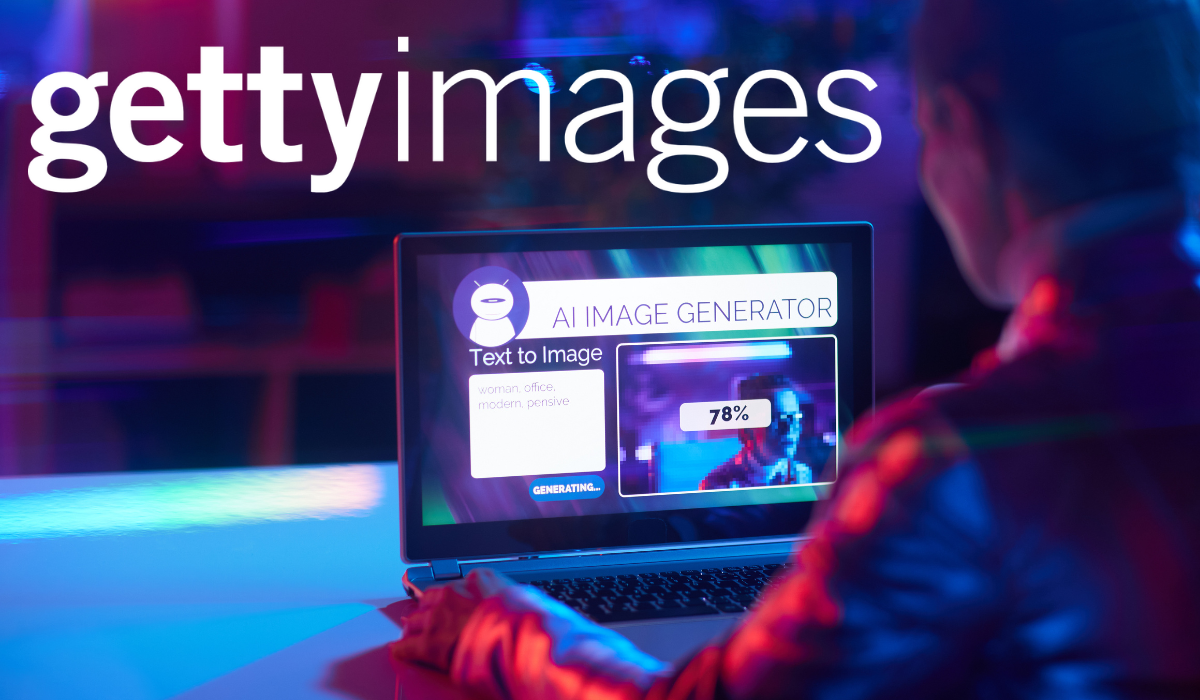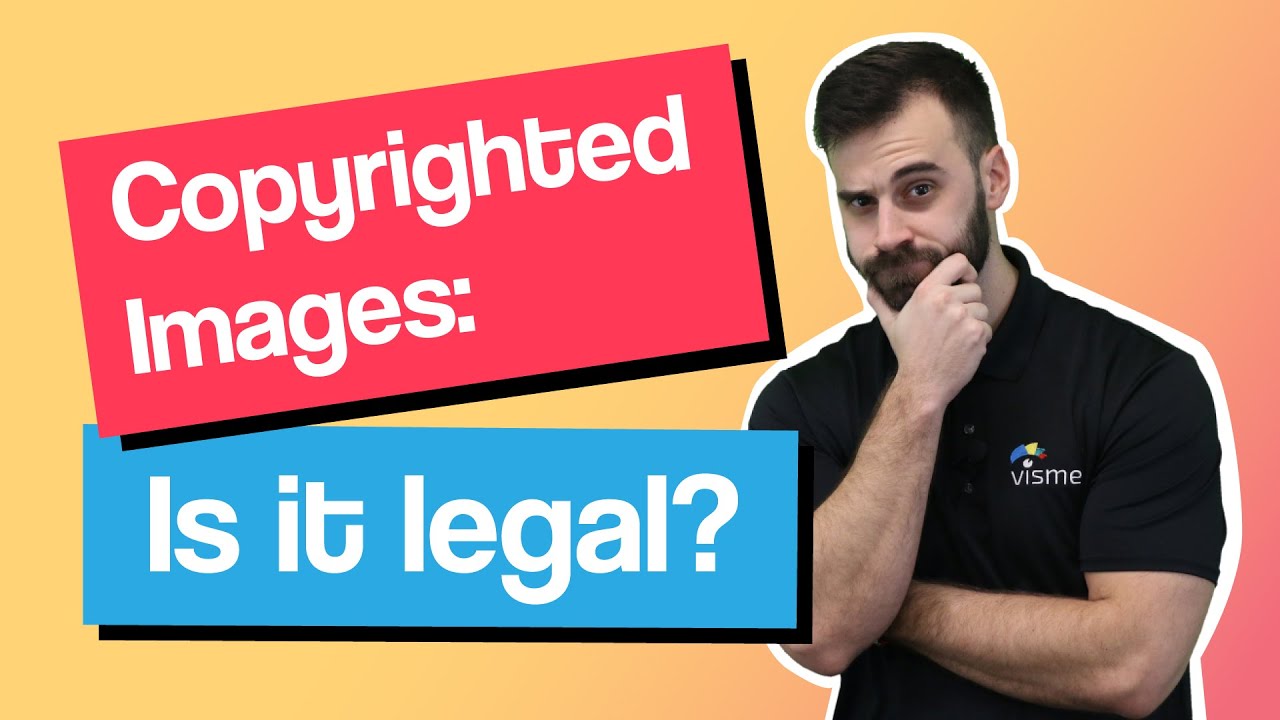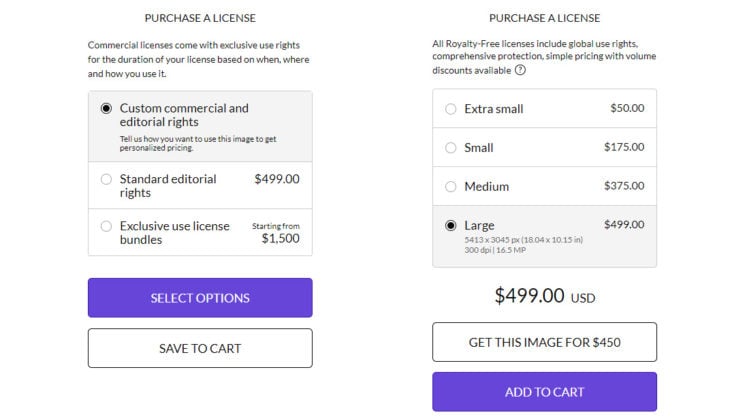Copyright is a vital concept in the creative world, especially when using images in your projects. It protects the original works of authorship, which include photographs, illustrations, and other visual content. Understanding how copyright works is crucial for anyone looking to integrate images into their creative endeavors, particularly from sites like Getty Images, a major provider of stock photography. When you use images from Getty, you’re navigating a landscape that’s both rich in possibility and fraught with legal considerations. Let’s dive in and explore how to use Getty Images legally while respecting the rights of artists and photographers.
Understanding Getty Images Licensing Options

When it comes to using Getty Images, one of the first things to grasp is the array of licensing options available. Getty offers licenses that cater to a variety of needs, whether you're a freelancer, a small business, or a large corporation. Understanding these options can save you both time and potential legal headaches. Here’s a breakdown of the main types of licenses you might encounter:
- Editorial License: This type allows you to use images for newsworthy content. However, editorial use restricts modifications and limits commercial purposes. Ideal for blogs, articles, and news reporting.
- Royalty-Free License: This is one of the most flexible options, allowing you to pay a one-time fee to use the image multiple times. However, there are still limitations on how the images can be used, especially in a commercial context.
- Rights-Managed License: This option involves licensing for specific, agreed-upon uses and durations. It's generally more expensive and may require you to pay more if your use changes.
- Extended License: An extended license provides more freedom in terms of usage—perfect for those who need to create merchandise or require unlimited print runs.
It's vital to read the fine print in each license agreement. Each license type comes with specific limitations on distribution, modification, and resale. Always double-check that the way you intend to use the image aligns with the license you've selected.
Also Read This: How to Mirror Print Images in PDF Format
Steps to Properly Use Getty Images

Using Getty Images in your creative projects can elevate your work and save you lots of time searching for the perfect visual. However, it's crucial to follow the right steps to ensure you're using these images legally and ethically. Here’s a simple guide to help you navigate through the process:
- Choose the Right License: Before using an image, check the licensing options available. Getty Images offers a variety of licenses, including royalty-free and rights-managed. Make sure you understand the specific license terms that apply to your chosen image.
- Create an Account: To download images from Getty Images, you’ll need to create an account. Registration is straightforward, and once you're set up, you'll have access to a vast library of visuals.
- Purchase or Subscribe: Depending on your usage needs, you might want to purchase images individually or consider a subscription plan that allows you to download multiple images over a set period.
- Download the Images: Once your purchase or subscription is complete, you can easily download your selected images. Be sure to save them in an organized manner for easy access later on.
- Attribute the Source (if required): Some licenses require you to credit the image creator or Getty Images itself. Always check the attribution requirements to stay on the right side of the law.
By following these steps, you can seamlessly incorporate Getty Images into your projects without fear of copyright infringement.
Also Read This: How to Move and Position Images Precisely in CapCut
Alternatives to Getty Images for Copyright-Free Visuals

If you're on the lookout for budget-friendly or copyright-free visuals, there’s a wealth of alternatives to Getty Images at your disposal. Many platforms offer high-quality images without the hassle of licensing fees or restrictions. Here are some popular options:
- Unsplash: All photos on Unsplash are free to use and come with a broad range of styles and subjects. You can even modify and distribute them without legal concerns.
- Pexels: Similar to Unsplash, Pexels provides free stock photos that you can use in any project. Their extensive library is continually updated with fresh content.
- Pixabay: This site has a massive collection of over 1.7 million free images and videos. Everything is released under the Pixabay License, which allows safe use for commercial and non-commercial purposes.
- Flickr (Creative Commons): While Flickr hosts a vast gallery of user-uploaded photos, make sure to filter your search by Creative Commons licenses to find images you can legally use.
- Canva: Beyond its design capabilities, Canva offers a multitude of free and paid stock images that can be used in your projects, often bundled with design templates.
These platforms not only help you find the visuals you need but also keep your creative projects affordable and legally sound. Happy exploring!
Using Getty Images Legally in Your Creative Projects
Getty Images is a colossal resource for high-quality photographs, illustrations, videos, and music that can enhance your creative projects. However, utilizing these assets legally necessitates an understanding of their licensing agreements and copyright rules. Here are important points to consider:
- Types of Licenses: Getty Images offers several types of licenses including:
- Royalty-Free (RF): Allows you to purchase an image once and use it multiple times without paying additional fees.
- Rights-Managed (RM): Limited use based on specific terms such as time, location, and audience size, requiring separate licensing for each use.
- Editorial Use: Images can be used only in a non-commercial setting, like news articles or blogs.
How to Use Getty Images Legally:
- Identify your project's requirements to select an appropriate license.
- Purchase the correct image through the Getty Images platform.
- Adhere strictly to the terms outlined in the license agreement to avoid legal issues.
- Give proper credit when required, especially for editorial use.
Remember, using Getty Images without the appropriate license could lead to infringement claims and hefty fines. Always read the fine print before utilizing any asset.
| License Type | Usage Rights | Restrictions |
|---|---|---|
| Royalty-Free | Multiple uses for multiple purposes | None |
| Rights-Managed | Specific usage defined by the buyer | Limited by time, geography, and audience size |
| Editorial Use | Non-commercial publications only | No alterations allowed |
In conclusion, to harness the power of Getty Images in your creative projects, it’s essential to understand licensing options and uphold compliance with copyright regulations, ensuring your creativity flourishes without legal complications.
 admin
admin








